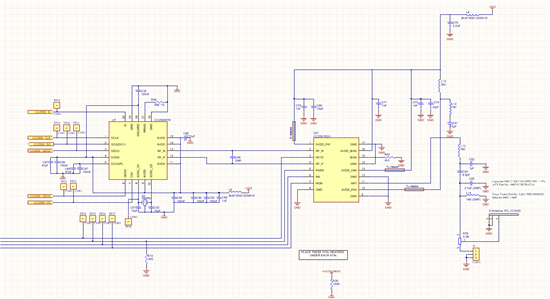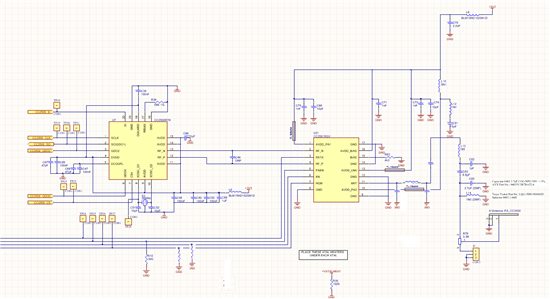We have used thousands of CC2591 chips over about 7 years now and mostly without problems. We have recently found that some devices fail after a period of operation of possibly a few days to a few weeks while on bench test. We use the same design in various products but the fault has occurred mostly in just one. Power supply voltage is 3.3V. The operation initally seems normal. When the parts fail they no longer provide gain and we see a difference of 30 or 40dB in signal strength compared to a good device. They also draw enough current to feel a bit warm even when not transmitting or receiving. Replacing the CC2591 solves the problem. Is there a possibility of a chip production batch problem? We have not been able to identify another cause. The CC2591 is always coupled with the CC2500. The CC2500 has never failed. If the CC2591 survives more than a few weeks they seem to be OK long term and quite robust. All boards are assembled by the same production plant. Any ideas?
-
Ask a related question
What is a related question?A related question is a question created from another question. When the related question is created, it will be automatically linked to the original question.



